Labor unions slowly started to form and fight for American workers' rights to fair pay, fair hours, and safe working conditions. Strikes and rallies were organized and sometimes turned violent. The holiday was designed as a day of well-deserved acknowledgment for the contributions that American workers have made to our country.
The first Labor Day parade was held in New York City on September 5, 1882. New York's Central Labor Union held a parade to celebrate union work and show support for all unions. More than 10,000 union workers took unpaid time off work to march from City Hall to Union Square. Numerous states recognized the holiday in the 1880s, but it wasn't made a national holiday until President Grover Cleveland signed it into law in June 1894.
President Cleveland signed the law in the midst of the Pullman Strike, a railroad strike where workers protested reduced wages and the non-reduction of rent in their living area. The strike started in Chicago and quickly sparked a nationwide railroad strike. The strike eventually turned deadly in July 1894 when the National Guard clashed with protesters in Chicago. Beginning in the late 19th century, as the trade union and labor movements grew, trade unionists proposed that a day be set aside to celebrate labor. "Labor Day" was promoted by the Central Labor Union and the Knights of Labor, which organized the first parade in New York City.
In 1887, Oregon was the first state of America to make it an official public holiday. By the time it became an official federal holiday in 1894, thirty states in America officially celebrated Labor Day. Since 1882, Labor Day had been celebrated at the local and state level.
But according to the Washington Post, the celebration alternated between the first day of September, the first Monday of September, and the first Saturday of September depending on the location. Once Senate leaders brought it to the floor, however, the bill quickly passed. Four days later, on June 26, 1894, the Chairman of the House Labor Committee, Lawrence McGann of Illinois, began consideration of the Senate bill in the House, replacing an earlier House version sponsored by Amos Cummings of New York. The legislation passed with no objection and was sent to the President. Labor unions in cities such as Boston, Nashville, and St. Louis celebrated with parades and picnics. Large turnouts in Chicago and Baltimore underscored the holiday's popularity.
At the first official Labor Day parade in Chicago, Chairman McGann reminded the revelers, "Let us each Labor day, hold a congress and formulate propositions for the amelioration of the people. We've included plenty of facts about those difficult days, as well as explored other, breezier topics, including whether it really is bad form to wear white after the holiday. Then, after you've schooled yourself on all there is to know about Labor Day, read up on the best ways to celebrate it with Labor Day Activities to Soak Up the Last Moments of Summer. The observation of Labor Day on the first Monday in September is usually attributed to the Knights of Labor who held their first parade on September 5, 1882.
(See also graveyards.com, kentlaw.edu and holtlaborlibrary.org). There are several interpretations of what occurred, and monumentshave been constructed to both the demonstrators and the police. It was in 1887 that Oregon became the first state to establish Labor Day as a holiday, which it put on the first Saturday in June.
Colorado, Massachusetts, New Jersey, and New York observed Labor Day on the first Monday in September that year. Then in 1889, the First Congress of the Second Socialist International selected May First as a day for international celebration of the working man, no matter what day of the week it fell on. May first was chosen in commemoration of the Haymarket Massacre which occured in Chicago in 1886. In 1894, the first Monday in September was established as a federal holiday in the United States.
Labor Day has been a national holiday since 1894, when President Grover Cleveland signed the law that Congress passed designating the first Monday in September a holiday for workers. Labor unions pressed and activists sacrificed to gain recognition of both the contributions and the mistreatment of workers at the time. The origins of the holiday are in parades to celebrate trade and labor unions, whose members strengthened the country with their work. After violence related to the Pullman railroad strike, President Cleveland and lawmakers in Washington wanted a federal holiday to celebrate labor - and not a holiday celebrated on May 1. Cleveland signed an act in 1894 establishing the federal holiday; most states had already passed laws establishing a Labor Day holiday by that point. 730 to make Labor Day a federal legal holiday on the first Monday of September.
Shortly after this fatal event, though, American politicians decided against making the holiday on this day in May, called May Day around the world. "There were big parades and big celebrations and festivals, May Day around the world was becoming more popular and associated with the Soviet Union and communism and socialism," explains Ghilarducci. It initially became a legal holiday in the District of Columbia and its territories, and it was officially marked as a federal holiday in 1894 when President Cleveland signed it into law. Labor Day had become an official holiday in 24 states by the time it became a federal holiday.
Labor Day parades and other festivities demonstrate the strength and esprit de corps of trade and labor organizations. They celebrate the contributions of workers to strength, prosperity, and the well-being of the country. In 1887, Oregon became the first state of the United States to make Labor Day an official public holiday. By 1894, thirty U.S. states were already officially celebrating Labor Day. In that year, Congress passed a bill recognizing the first Monday of September as Labor Day and making it an official federal holiday. President Grover Cleveland signed the bill into law on June 28.
The federal law, however, only made it a holiday for federal workers. As late as the 1930s, unions were encouraging workers to strike to make sure they got the day off. All U.S. states, the District of Columbia, and the United States territories have subsequently made Labor Day a statutory holiday. However, it was envisioned by founders as a celebration of the American worker and the great American work ethic. Speeches by prominent union officials, industrialists, educators, clerics, and government officials were among the day's highlights. In Washington, D.C., politicians sought to placate the labor movement.
At the time, federal legislation to designate Labor Day a public holiday had been languishing in Congress for 10 months after U.S. Senator James Kyle, a Populist from South Dakota, had introduced it in August 1893. To appease the strikers and their supporters, the Senate quickly passed the bill on June 22—the same day the ARU joined the Pullman strike. The bill passed the House four days later and President Cleveland signed it into law on June 28, 1894. Labor Day pays tribute to the contributions and achievements of American workers and is traditionally observed on the first Monday in September. It was created by the labor movement in the late 19th century and became a federal holiday in 1894.
Labor Day weekend also symbolizes the end of summer for many Americans, and is celebrated with parties, street parades and athletic events. The local and state celebrations began in the 1880s, but the federal holiday was born at the height of the 1894 Pullman rail strike, when 125,000 workers across 29 railroads walked off the job to protest wage cuts. Historians say that then-president Grover Cleveland was worried about losing working class voters in the run-up to the 1896 election, so he signed the Labor Day bill in an effort to appease labor leaders. A parallel historical narrative claims that the bill was signed to quell leftist political dissent and, in doing so, discourage the working class from organizing against their Gilded Age oppressors. The first celebration of labor day commenced on September 5, 1882 in New York city by the Central labor Union.
By 1894, 23 states had adopted the Labor day holiday, celebrating the strength and prosperity of U.S. workers. The celebration of Labor day by 23 states led President Grover Cleveland to declare the first Monday of September as the national labor day holiday on June 28, 1894. During the industrial revolution in the 1800's, American workers were subjected to poor working conditions, 12 hour workdays, 7 day work weeks, dismal pay, child labor, and insufficient work breaks. These conditions led to labor unions gaining more traction across the country to negotiate better pay and better working conditions for laborers.
Labor Day is a time to pay tribute to American workers, and all of their many contributions and achievements through the years. Created by the labor movement in the late 19th century, Labor Day honors the men and women who fought tirelessly for workers' rights, especially the eight-hour work day we have now. So when your Labor Day 2021 celebration is in full swing, be sure to take some time out to reflect and pay respect to all the workers, past and present, who have made America the country it is today. The other figure credited with Labor Day's creation wasMatthew Maguire, who led strikes throughout the 1870s to make the public aware of manufacturing workers' exhaustive 12-hour workdays, seven days a week. He became the secretary of the Central Labor Union of New York and helped organize the parade and picnic credited to Peter McGuire. After President Grover Cleveland made the day into a federal holiday, a New Jersey editorial named Maguire -- not McGuire -- the true "Father of Labor Day." The first Labor Day celebration took place on Sept. 5, 1882, a Tuesday.
Labor Day in the United States takes place annually on the first Monday in September. While some may associate this holiday with summer nearing its end, the day as a whole dates back to the late 1800s, and it was meant to create fair treatment for workers. And Irene Schwartz professor of economics and the director of the Schwartz Center for Economic Policy Analysis , the year 1883 is when members of the labor movement specifically disputed overwhelming working hours.
And per History.com, the average American worked 12-hour shifts over seven days a week to make a living. According to McGuire, on May 8, 1882, he made a proposition to the fledgling Central Labor Union in New York City that a day be set aside for a "general holiday for the laboring classes". Speeches by prominent men and women were introduced later, as more emphasis was placed upon the economic and civic significance of the holiday.
Still later, by a resolution of the American Federation of Labor convention of 1909, the Sunday preceding Labor Day was adopted as Labor Sunday and dedicated to the spiritual and educational aspects of the labor movement. Industrial workers in the late 1800s, especially women and people of color, were often forced to work day and night with few legal limitations on working hours. Labor Day was a way for the country to recognize workers' rights on a national scale, as well as grant an extra day of rest. So, if you want to celebrate Labor Day as it was originally intended, use it to rest up and recharge for the week of work ahead. The first Labor Day was celebrated on Tuesday, Sept. 5, 1882, in New York City. The idea was proposed by the Central Labor Union , a consortium of labor unions within New York and New Jersey that fought against low wages, unfair hours, unsafe working environments and child labor.
The CLU wanted to organize a street parade to celebrate labor organizations and draw awareness to workers' rights. That year alone, 125,000 Pullman railroad workers across 29 railroads had walked off the job to protest wage cuts. On September 5, 1882, some 10,000 workers assembled in New York City to participate in America's first Labor Day parade. After marching from City Hall, past reviewing stands in Union Square, and then uptown to 42nd Street, the workers and their families gathered in Wendel's Elm Park for a picnic, concert, and speeches. This first Labor Day celebration was eagerly organized and executed by New York's Central Labor Union, an umbrella group made up of representatives from many local unions. Working people began organizing and bargaining collectively to advocate for better working conditions and wages and celebrated the first Labor Day in New York City on Tuesday, September 5, 1882.
Following the deaths of 13 workers during the Pullman Strike in June of 1894, President Grover Cleveland made reconciliation with the labor movement a top priority of his administration, making Labor Day a federal holiday in 1894. Eight years later, in May 1894, workers went on strike to protest 16-hour workdays and low wages at the Pullman Palace Car Company, which manufactured railroad cars in a plant near Chicago. Members of the powerful American Railway Union joined in, refusing to move Pullman cars. Days after the ARU joined the Pullman strike, a languishing bill to make Labor Day a national holiday was signed into law by President Grover Cleveland.
Cleveland also ordered federal troops to Chicago to end the boycott. Angry strikers began to riot, and National Guardsmen fired into the mob, killing dozens of people. The idea of a "workingmen's holiday," celebrated on the first Monday in September, caught on in other industrial centers across the country, and many states passed legislation recognizing it.
Congress would not legalize the holiday until 12 years later, when a watershed moment in American labor history brought workers' rights squarely into the public's view. On May 11, 1894, employees of the Pullman Palace Car Company in Chicago went on strike to protest wage cuts and the firing of union representatives. In the late 19th century at the height of the Industrial Revolution, things were tough for American workers.
The working class included children as young as 5 years old, who worked in mines, factories, farms, and mills. Workers toiled away for up to 12 hours a day, 7 days a week, in low-paying jobs often in harsh, unsafe, and physically demanding conditions. Labor unions began forming and started organizing strikes and rallies to protest poor working conditions and to force employers to renegotiate pay and hours. In the first decade of the 20th century industrial unrest reappeared.
The Liberal government was in decline, prices were rising and the Arbitration Court was seen as reluctant to raise wages. The more militant labour movement that emerged from around 1908 rejected the Liberals' arbitration system and condemned the increasing commercialisation of Labour Day parades. Many floats advertised businesses as well as temperance organisations, theatres, circuses and patriotic causes.
Some socialists promoted May Day as an alternative celebration of workers' struggles. Although unionists and their supporters continued to hold popular gatherings and sports events, by the 1920s Labour Day had begun to decline as a public spectacle. Labor Day was first celebrated only in certain regions of the country. As the holiday grew more popular around the country, it was eventually declared a national holiday by President Grover Cleveland in 1894.
At that time, as many as 30 states were already celebrating in some fashion. The holiday was immediately linked in the public's mind to the tragedy of The Pullman Strike of 1894, when 1,200 soldiers where sent in to break up striking railway workers. This event was largely seen as a moment of change and empathy for the labor movement. It wasn't until 1894, however, that Congress legalized the holiday following the Pullman strike, a nationwide railroad boycott that turned fatal and shined a national spotlight on workers' rights. Amid this massive unrest, Congress sought to make peace with American workers by passing an act making Labor Day a legal holiday.
President Grover Cleveland officially signed it into law on June 28, 1894. We in the United States celebrate Labor Day on the first Monday of September every year. It all began with a parade in New York City in 1882, organized by labor unions. The idea of celebrating workers quickly caught on, and as many as 30 states recognized Labor Day before it became a federal holiday in 1894. Canada also celebrates Labor Day on the first Monday in September.
Other countries around the world celebrate their workers with International Workers' Day on May Day, or May 1, every year. Over the years, particularly as the influence of unions waned, the significance of Labor Day in the United States changed. For many people it became an end-of-summer celebration and a long weekend for family get-togethers.
At the same time, it has continued to be celebrated with parades and speeches, as well as political rallies, and the day is sometimes the official kickoff date for national political campaigns. In 1887, he publicly supported the September Labor Day holiday as a less inflammatory alternative, formally adopting the date as a United States federal holiday through a law that he signed in 1894. Although Labor Day was originated by labor unions, the need to honor work and career expands beyond unionized industries. As an entrepreneur, you're making a contribution to the world, as well as supporting yourself and your family, which deserves a day of honor. Further, it's important to take time off, whether it's aweekend getawayor a vacation. You might even look up what sorts of Labor Day events are going on in your city.







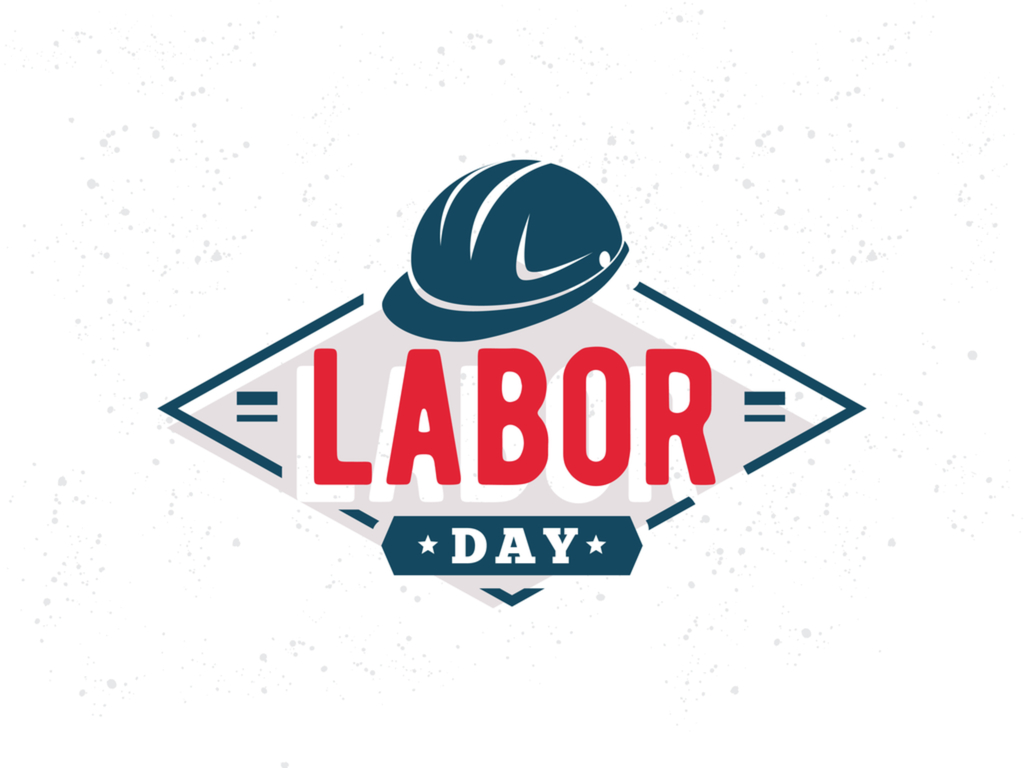
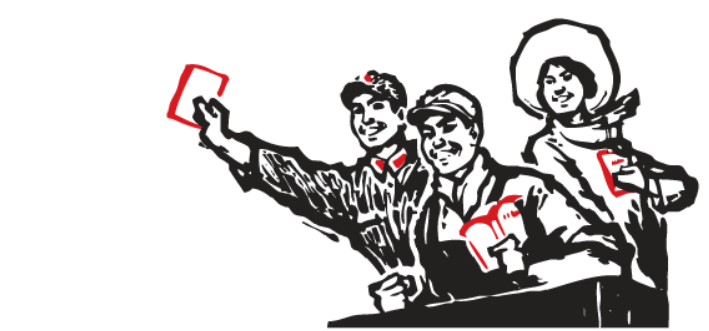


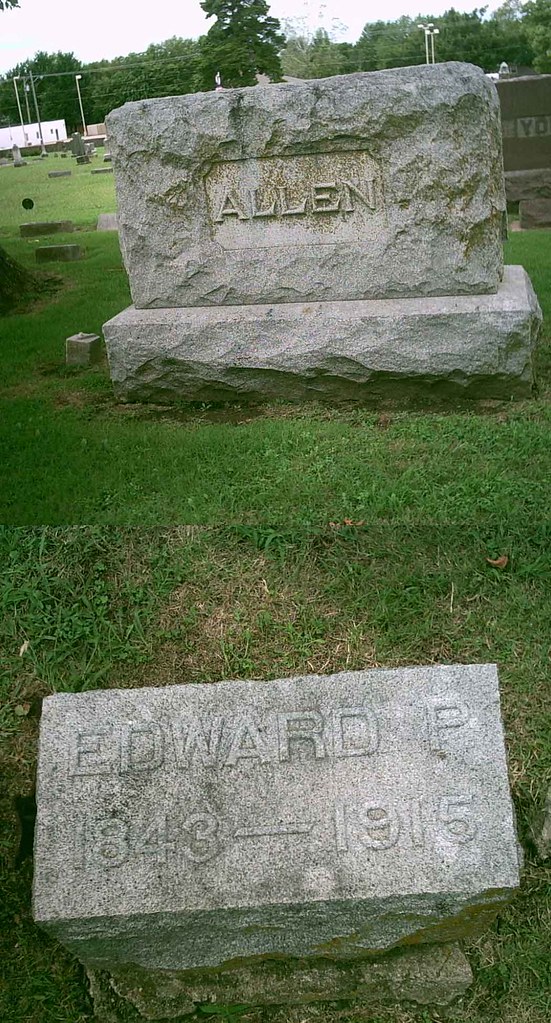


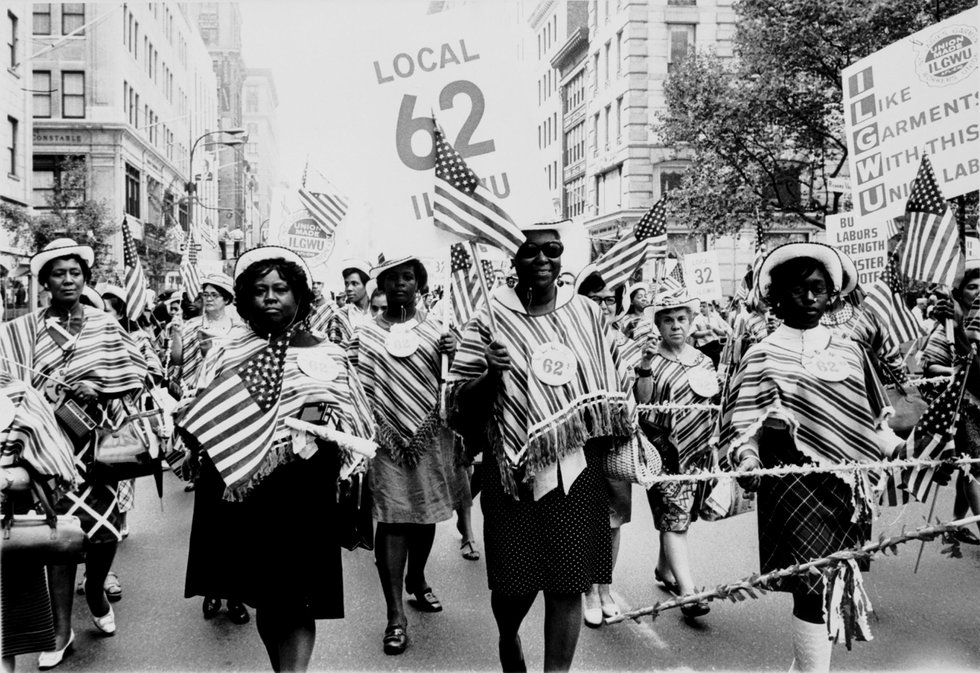







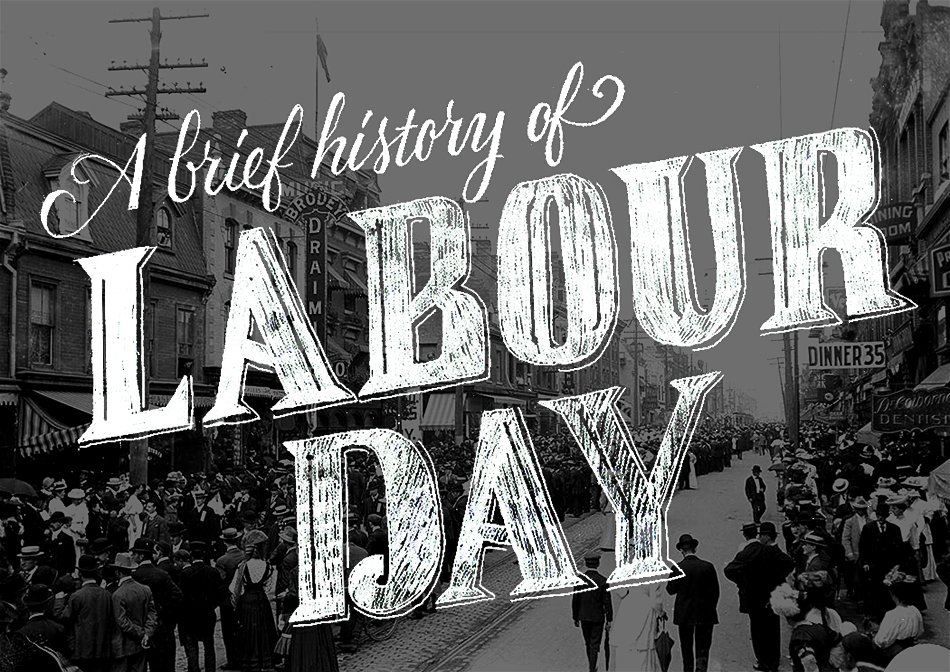

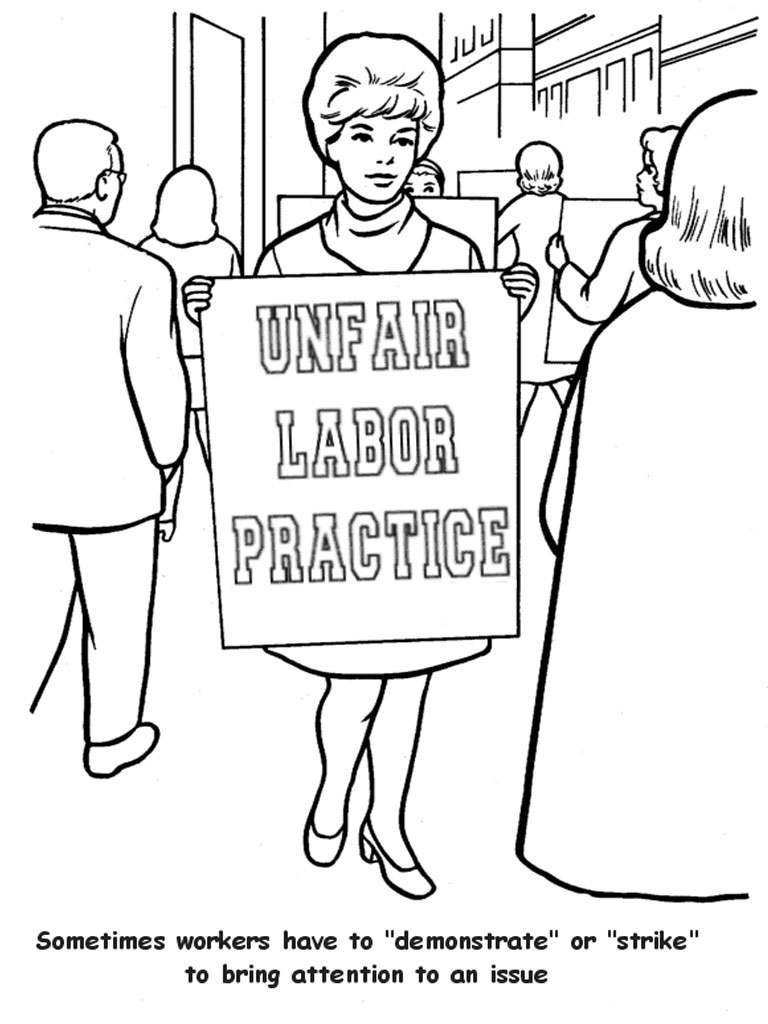



No comments:
Post a Comment
Note: Only a member of this blog may post a comment.